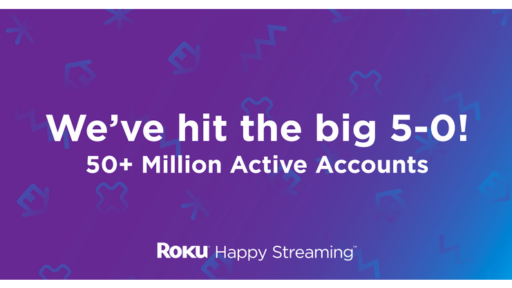To get unique access to stock market news and analysis from Quentin Lumsden, one of London’s leading stock market experts, and to continue reading this article…
Subscribe
With Quentinvest, from as little as 68p per day you’ll learn about successful high performance growth-share investing – and how to apply it to make significant profit for yourself.
Find out more View portfolio performance figures
Already a subscriber?

